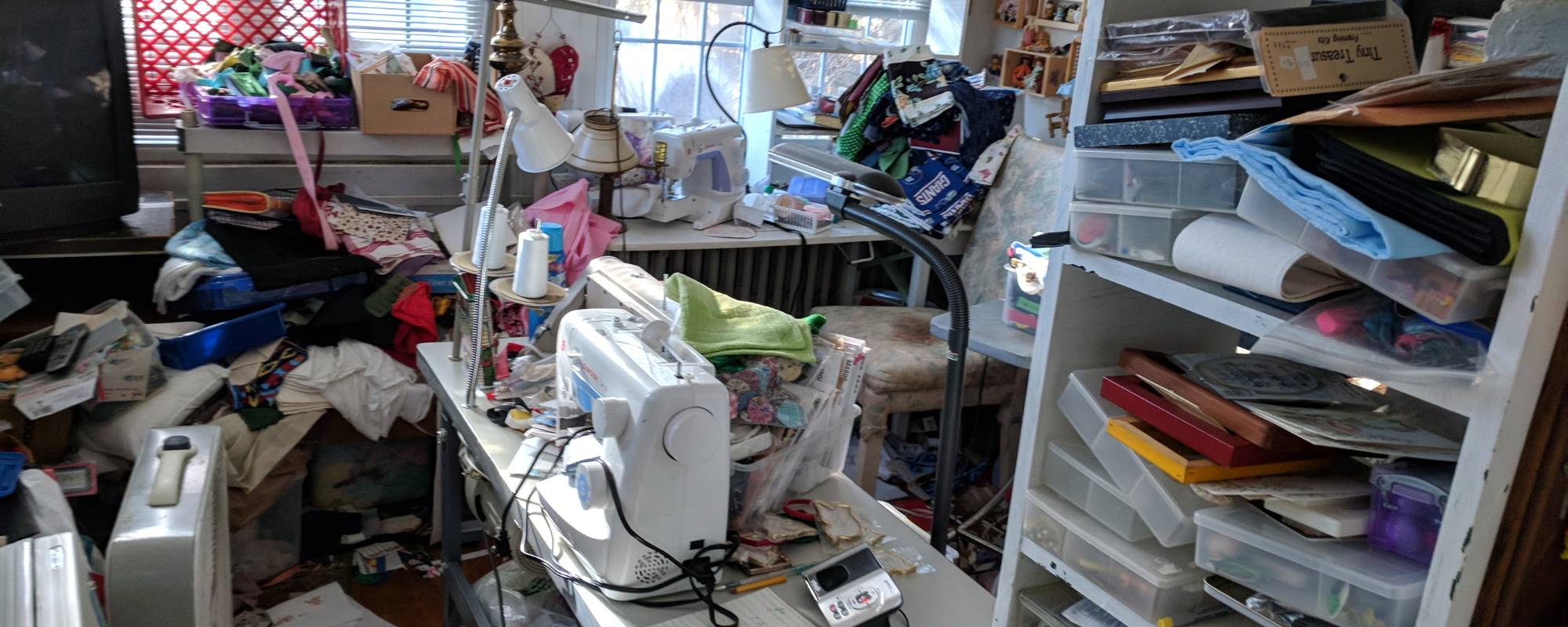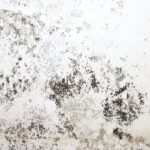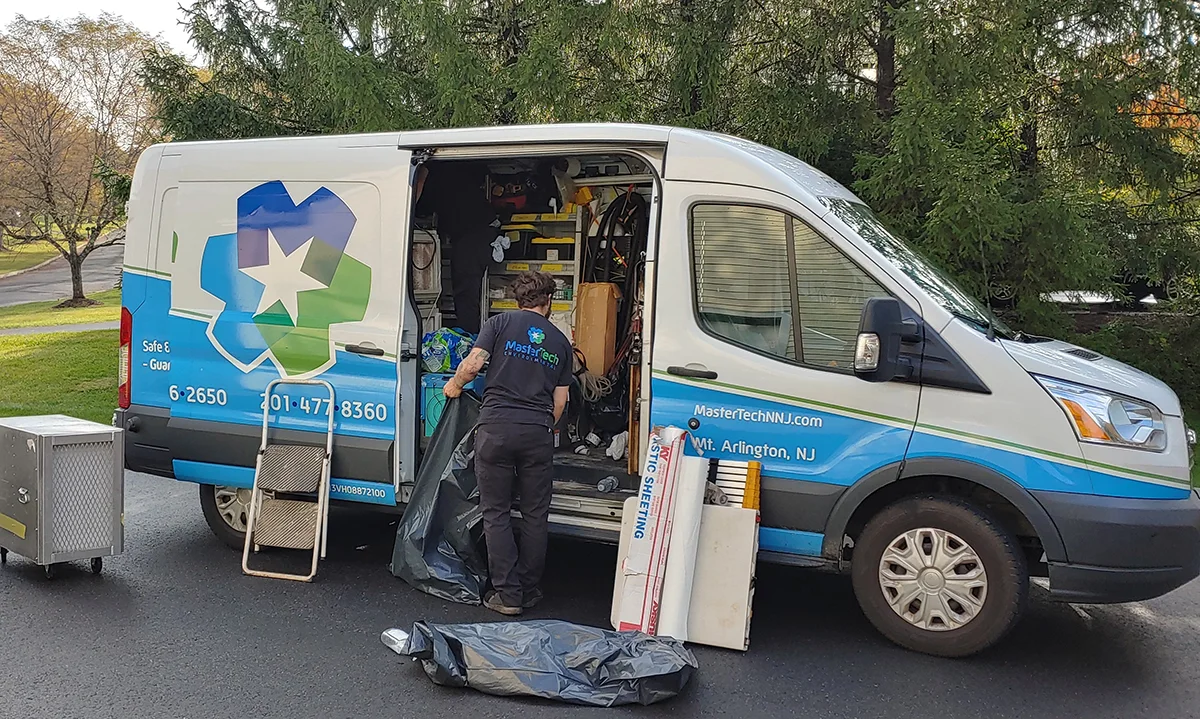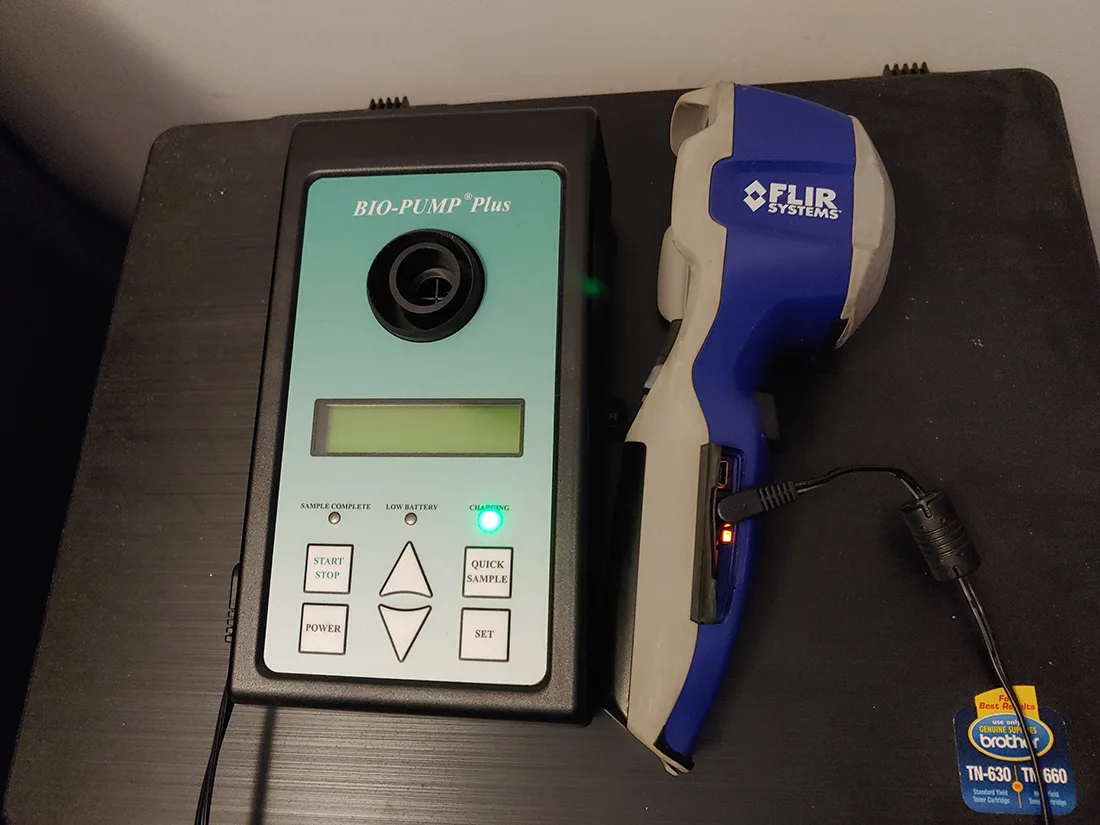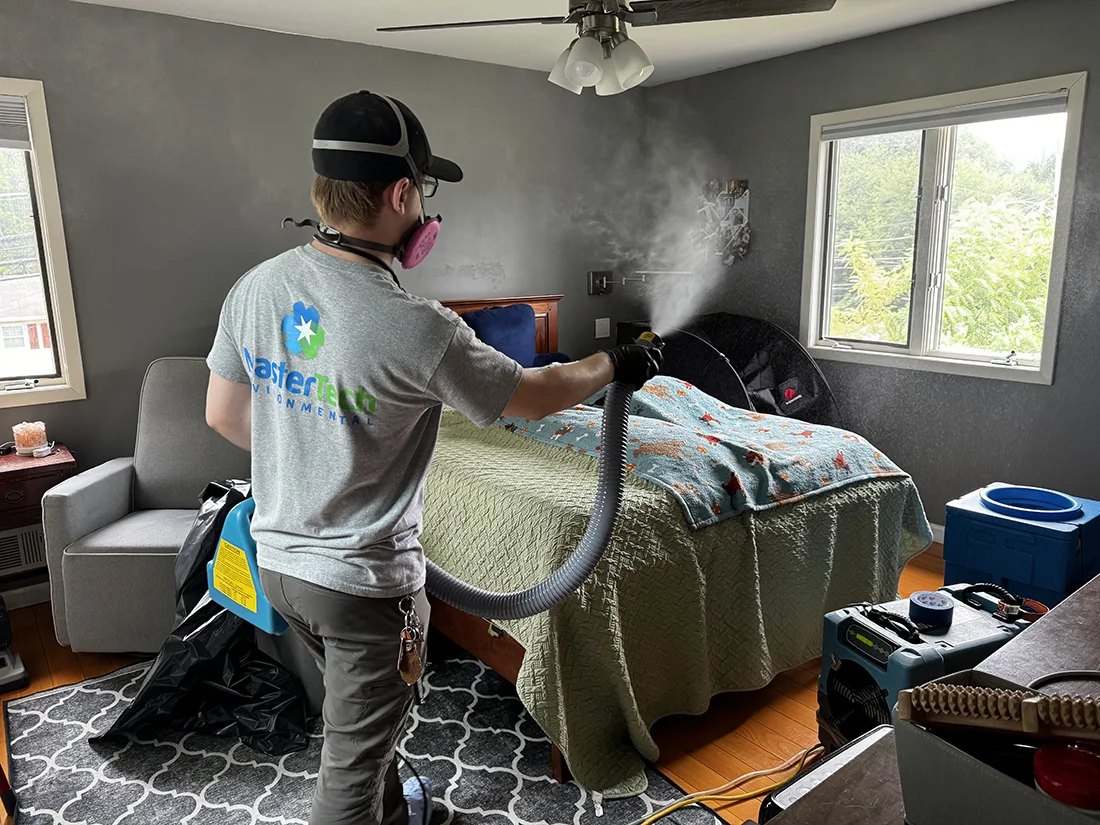Hoarding cleanup in Lake Forest, CA requires careful planning, professional support, and sensitivity to the emotional challenges involved. The most effective approach involves hiring specialized cleanup services that handle biohazard decontamination, sorting, and disposal while respecting the individual’s needs. This ensures the process is thorough, safe, and discreet.
Professionals in Lake Forest are equipped to manage the complexities of hoarding situations, including removing dangerous clutter and addressing health hazards. Their experience helps minimize stress for everyone involved and ensures compliance with local regulations during cleanup.
Understanding Hoarding and Its Impact
Hoarding involves the excessive collection of items, leading to cluttered living spaces and difficulty discarding possessions. This behavior affects mental health, daily functioning, and overall life satisfaction. Recognizing its nature and signs is essential for effective intervention.
Defining Hoarding Disorder
Hoarding disorder is a recognized mental health condition characterized by persistent difficulty discarding or parting with possessions, regardless of their actual value. This difficulty results in clutter that disrupts the use of living spaces.
Compulsive hoarding goes beyond simple messiness; it involves intense emotional attachment to items and anxiety about disposal. The disorder often develops over years and is linked to indecisiveness and perfectionism.
Experts use tools like the Clutter-Hoarding Scale to assess severity, ensuring appropriate care. Hoarding disorder is distinct from collecting or saving and requires professional attention.
Signs and Levels of Hoarding
Signs of hoarding include overwhelming clutter, inability to use rooms for their intended purpose, and difficulty organizing possessions. Items often accumulate in disorganized piles, blocking exits or utilities.
Severity varies from mild clutter in one area to extreme cases where entire homes become unsafe. The level of hoarding affects the approach to cleanup, which might range from simple decluttering to full-scale removal.
Individuals may also keep biographies or diaries related to hoarded objects, strengthening emotional ties. These attachments complicate efforts to reduce clutter and require sensitive handling.
Mental Health Effects and Life Satisfaction
Hoarding disorder severely impacts mental health, contributing to anxiety, depression, and social isolation. Many hoarders experience shame about their environment, which worsens avoidance of help.
The disorder lowers life satisfaction by reducing functional living space and increasing risks, such as falls, fire hazards, and unsanitary conditions. Persistent clutter can prevent routine tasks like cooking or cleaning, affecting overall well-being.
Addressing hoarding involves tackling both the physical clutter and the psychological factors behind it. Support systems and therapy improve outcomes for individuals struggling with hoarding. For professional guidance on cleanup in Lake Forest, CA, see hoarder cleanout services in Orange County.
Assessing the Situation in Lake Forest, CA
Properly assessing a hoarding cleanup project in Lake Forest, CA requires careful attention to the property’s current state, the nature of the clutter, and compliance with local housing and zoning laws. Each factor impacts the approach and scope of cleanup needed to restore safety and functionality.
Evaluating Property Conditions
The initial evaluation focuses on the overall condition of the property. This includes noting any structural damage, safety hazards, and the level of clutter present. In Lake Forest, homes can range from minimally affected (Level I clutter) to severe cases (Level V) where entire rooms or the house itself are unusable.
Inspectors look for blocked exits, compromised wiring, pest infestations, and unsanitary conditions. These issues affect whether immediate remediation is necessary to protect health and safety. Photos and detailed notes are essential for planning and communicating cleanup stages.
Identifying Types of Clutter
Clutter in hoarding situations varies widely in form and volume. It can include everyday household items, newspapers, clothing, or even hazardous waste. Identifying the types is critical for determining disposal methods and the resources required, such as specialized disposal for biohazards.
For Lake Forest residents, understanding the clutter’s makeup helps differentiate between general residential organizing and more complex hoarding cleanup involving levels identified by the NSGCD scale. This scale ranges from minor disorganization to severe chronic hoarding, which requires professional intervention.
Understanding Local Structure and Zoning Regulations
Compliance with Lake Forest’s structure and zoning regulations influences cleanup strategies. Local codes regulate waste disposal, property use, and minimum housing standards. Failure to adhere can result in fines or denial of occupancy.
Assessors must review municipal codes concerning residential property conditions, including allowance for waste removal and building repairs. Coordination with city officials ensures cleanup follows legal guidelines, preserving property value and neighborhood standards. These regulations shape how and when cleanup occurs, especially for severe hoarding cases.
More detail on professional cleanup services for Lake Forest can be found at Bio-One Of South OC’s website specialized in Lake Forest biohazard and hoarding cleanup.
Preparing for a Hoarding Cleanup
Effective preparation sets the foundation for a smooth, safe hoarding cleanup. It involves detailed planning, securing the right materials, and establishing strict safety and sanitation measures to protect both the cleanup team and the property.
Creating a Custom Action Plan
He or she must first assess the scale and complexity of the clutter to tailor the cleanup approach appropriately. This plan should include timelines, roles for team members, and prioritized areas based on safety risks and level of clutter.
Detailed documentation of valuable, hazardous, and discardable items helps guide sorting decisions. It also prevents unnecessary removal of important possessions. A clear communication strategy with all stakeholders minimizes misunderstandings throughout the process.
Setting achievable goals for each stage ensures steady progress without causing overwhelm. Specific tasks should be broken down into manageable steps to maintain focus and efficiency.
Gathering Supplies and Storage Solutions
Gathering appropriate supplies is crucial. He or she needs heavy-duty gloves, masks, disposable bags, cleaning agents, and tools like brooms and shovels.
Storage solutions must be in place for sorted items. This can include labeled bins for donations, recycling, or disposal and secure containers for sentimental or valuable objects.
A checklist of supplies and storage options helps avoid last-minute shortages. Clear labeling and organization of storage containers reduce confusion during and after the cleanup.
Ensuring Safety and Sanitation Protocols
Safety protocols start with protective gear—respirators, gloves, goggles, and suitable footwear are essential. The cleanup environment should have proper ventilation to reduce exposure to dust and mold.
Sanitation practices include regular disinfection of tools and surfaces. Waste must be removed promptly and disposed of according to local regulations in Lake Forest, CA.
A cleaning schedule should focus on minimizing cross-contamination between clean and cluttered areas. Following these protocols protects the team and future occupants from health hazards.
For specialized hoarding cleanup services in Lake Forest, reference resources like Hoarding Cleanup Lake Forest CA – Restoration Master Finder can provide professional guidance.
Professional Help and Resources
Handling hoarding cleanup requires specific expertise and support. Effective assistance combines specialized cleanup, organization strategies, and local knowledge to address both physical clutter and underlying challenges. Access to trained professionals and community resources makes a significant difference in safely managing the process.
Hiring Hoarding Help Specialists
Hoarding help specialists in Lake Forest focus on safe, respectful cleanup tailored to unique situations. These professionals handle biohazards, structural concerns, and emotional sensitivities while following health regulations. Services often include removal, thorough decontamination, and waste disposal.
Many specialists provide personalized plans to accommodate individual needs and timelines. Hiring experts ensures the cleanup is efficient and reduces risks associated with hoarding environments. Companies like Bio-One Of Orange serve Lake Forest with trained teams experienced in trauma-informed care.
Role of Professional Organizers
Professional organizers bring coaching and chronic disorganization expertise to hoarding cleanup. Their role extends beyond removal to creating sustainable systems that prevent relapse. They work with clients to sort possessions, prioritize items, and develop strategies for ongoing maintenance.
Certified organizers, including those recognized by NSGCD, use evidence-based methods to address behavioral components of hoarding. They often collaborate with therapists or social workers to integrate emotional support. This approach promotes long-term stability through practical organization skills.
Local Support in Lake Forest, CA
Lake Forest residents have access to specialized local services combining cleanup with counseling and case management. Agencies offer comprehensive assistance—from professional decluttering to trauma scene biohazard cleaning. Restoration Master Finder lists trusted hoarding cleanup providers dedicated to this region.
Community resources may include support groups and referrals to mental health professionals for underlying issues. Collaboration between cleanup teams and social services improves outcomes, ensuring safety and dignity are maintained throughout the process. Accessing local experts helps navigate specific regulations and disposal guidelines relevant to Lake Forest.
Step-By-Step Hoarding Cleanup Process
The hoarding cleanup process requires careful attention to detail, prioritizing safety, and systematic approaches to reduce clutter effectively. Organizing items, managing disposal, and preparing the space for potential reuse are essential tasks.
Decluttering and Sorting Items
The first priority is sorting items by category: keep, donate, recycle, or discard. It is important to separate papers such as junk mail and old magazines from general clutter. Items should be evaluated objectively, considering their usefulness or sentimental value.
A simple system like labeled bins or boxes helps maintain order during this phase. Memorabilia or important documents need special attention to avoid accidental disposal. Professionals often use downsizing strategies, encouraging keeping only what is necessary or meaningful.
This step minimizes clutter and creates a clear path for further cleaning and organization.
Recycling and Disposal Methods
Proper disposal methods reduce environmental impact and comply with local Lake Forest, CA regulations. Recycling is prioritized for materials such as paper, plastics, and metals, particularly junk mail and magazines that accumulate in hoarded homes.
Hazardous waste must be handled according to safety guidelines. Bulk items and excess trash require coordination with municipal services or hiring professional junk removal companies.
Clear labeling and separation of recyclable materials improve efficiency. Following this approach saves time and reduces landfill contributions during clutter elimination.
Handling Personal and Sensitive Items
Personal and sensitive items, like financial records and memorabilia, need secure packing and proper storage. Using professional packing services can protect these valuables during cleanup.
Privacy must be respected, especially when dealing with identification documents or medical records. It is advisable to scan important papers for digital backup before disposal or storage.
Clear communication with the homeowner ensures that prized possessions are preserved and sensitive information remains confidential throughout the cleanup.
Staging and Organization During Cleanup
After clutter removal, staging the space helps visualize the potential for use or sale. Organized layouts enhance flow and functionality, important for homes undergoing downsizing or resale.
Simple organization tools like shelves, labeled containers, or storage bins are implemented. This method improves the overall environment, making it easier to maintain cleanliness in the future.
Staging also assists family members or professionals in assessing the space for final decisions regarding furniture placement or additional maintenance. Effective staging supports a smoother transition after cleanup.
Room-By-Room Strategies for Hoarding Cleanup
Effective hoarding cleanup requires targeted approaches for different parts of a home. Prioritizing safety, sorting items systematically, and incorporating home organization solutions are essential steps to restore habitability.
Living Room and Bedrooms
In living rooms and bedrooms, starting with clearing pathways is critical to ensure safe movement. Items should be categorized into keep, donate, or discard piles. Furniture may require cleaning or disposal, depending on condition.
Custom storage solutions can aid in reorganizing small spaces once clutter is removed. Proper ventilation and thorough cleaning help address odors and allergens common in hoarded homes. Bedrooms may also need deep cleaning of linens and mattresses to improve hygiene.
Working room by room keeps the process manageable and helps maintain focus on restoring function to key living areas.
Kitchens and Pantries
Kitchens and pantries demand attention to food safety. Expired and spoiled food must be disposed of immediately to prevent contamination. Cabinets and shelves should be emptied, cleaned, and inspected for pest damage.
Organizing remaining items into clearly labeled containers supports long-term home organization and reduces the risk of future clutter buildup. Appliances and countertops require deep cleaning.
Special care should be taken with any chemicals, expired medicines, or broken kitchenware, removing hazards effectively.
Bathrooms and Laundry Rooms
Bathrooms and laundry rooms present specific hygiene challenges in hoarding cleanup. Surfaces and fixtures need sanitation using appropriate cleaning agents to prevent mold, mildew, and bacteria.
Discard expired personal care products, medications, and laundry chemicals safely. Plumbing checks ensure drains and pipes are clear of blockages caused by debris.
Installing practical storage options, such as shelving and cabinetry, supports better organization to maintain these essential areas in functional condition after cleanup.
For detailed cleanup procedures, see The Ultimate Room-by-Room Guide to Clutter and Waste Removal.
Addressing Health and Safety Hazards
Hoarding cleanup in Lake Forest, CA requires careful attention to specific risks to protect the well-being of all involved. Key factors include maintaining strict cleanliness, controlling pests, and managing hazardous materials safely.
Sanitation and Cleanliness Standards
Maintaining sanitation during hoarding cleanup is critical to prevent illness and contamination. Surfaces must be thoroughly disinfected using hospital-grade cleaners to eliminate bacteria, mold, and allergens. Areas cluttered with debris should be cleared systematically, prioritizing walkways and common spaces.
Proper waste disposal is equally important. Items deemed unsalvageable should be removed promptly to avoid health risks. Personal protective equipment (PPE) is necessary for cleaners to shield them from biohazards commonly present in hoarded environments.
Pest Control and Rodent Prevention
Hoarded homes often attract pests such as rodents and insects, which pose severe health risks. Effective pest control involves sealing entry points, removing food sources, and applying targeted treatments to eliminate infestations.
Rodent droppings and urine not only cause odors but also transmit diseases. Quick and thorough cleanup of waste and nests helps reduce these dangers. Regular monitoring after cleanup prevents re-infestation and contributes to a safer living space.
Safe Handling of Hazardous Items
Many hoarding situations involve hazardous items like broken glass, chemicals, expired medications, and biohazard materials. Trained professionals handle these items using specific protocols to avoid injury or exposure.
Identification and proper segregation of hazardous waste ensure compliance with local regulations. Sharps and toxic substances require special containers and disposal methods to prevent accidents during cleanup and disposal phases.
For comprehensive hoarding cleanup services specializing in health and safety in Lake Forest, CA, see more details at Bio One South OC.
Maintaining an Organized and Healthy Home
Maintaining order in a home affected by hoarding requires focused strategies to prevent clutter buildup, efficient use of time, and consistent sanitation. Building routines and adopting supportive techniques can help sustain a safe and organized living environment over time.
Tips for Preventing Chronic Disorganization
Preventing chronic disorganization involves establishing habits that reduce clutter accumulation. Regularly scheduling quick daily tidying sessions can stop clutter from becoming overwhelming. Using designated storage containers and clear labels helps keep items in their proper places.
It’s important to assess possessions thoughtfully before adding new items to avoid unnecessary accumulation. Encouraging family members to participate in organizing tasks promotes shared responsibility and reduces the chance of relapse into disorganization.
Setting limits on collections and using checklists for maintenance can act as reminders to stay on track. For more structured support, attending organizing workshops designed to address chronic disorganization in homes is effective.
Time Management and Productivity Coaching
Time management coaching teaches individuals living with hoarding tendencies how to prioritize tasks and allocate specific time slots for cleaning and organizing. Coaches often introduce breakdown methods, which divide overwhelming cleaning projects into manageable steps.
Using tools such as timers or planners encourages consistent progress without burnout. Productivity coaching focuses on building routines, setting realistic daily goals, and minimizing procrastination.
In Lake Forest, CA, professional services offer tailored coaching sessions that combine emotional support with practical organization techniques. This combination helps maintain momentum and improves the ability to sustain a clutter-free environment long term.
Sustaining Sanitation and Order
Maintaining sanitation is crucial for health and safety in homes recovering from hoarding. A clear plan for routine cleaning—including vacuuming, dusting, and waste disposal—is essential. Scheduling regular deep cleaning sessions prevents buildup of dirt and allergens.
Implementing easy-to-follow systems for sorting mail, recycling, and trash improves order while minimizing clutter. Establishing habit-building strategies, like cleaning immediately after meals, supports continuous sanitation.
Using professional hoarding cleanup services in Lake Forest can assist in setting up these systems after initial cleanup, ensuring the home stays healthy and organized beyond the initial effort. For more detailed cleaning approaches, see hoarding cleanup resources for Lake Forest, CA.
Frequently Asked Questions
Hoarding cleanup requires a clear plan, realistic timing, and understanding of available resources. Effective cleanup involves detailed checklists, cost considerations, and knowing where to find expert help in Lake Forest.
What are the essential steps for beginning the hoarding cleanup process?
The first step is assessing the extent of clutter and hazards in the home. Creating a plan to organize, declutter, and safely dispose of items follows. Engaging professionals can help address safety and health concerns during the cleanup.
How can one effectively clean a hoarder’s house within a single day?
Cleaning a hoarder’s home in one day requires a well-coordinated team, pre-planned logistics, and prioritizing high-risk areas first. Efficient use of time and resources is crucial, often with multiple workers handling sorting, removal, and sanitation simultaneously.
Is there any support available for free hoarding cleanup services?
Some local agencies and nonprofits may offer assistance or referrals for free or subsidized cleanup services. However, most comprehensive hoarding cleanup requires paid professional services due to the labor and specialized equipment involved.
What should be included in a hoarder cleaning checklist?
A checklist should cover sorting items into keep, donate, sell, and dispose. It must include cleaning surfaces, addressing biohazards, pest control, and organizing salvaged belongings. Safety equipment and waste removal logistics are essential parts of the process.
How does one estimate the cost of cleaning a hoarder’s home?
Cost depends on factors like the volume of items, level of contamination, and required disposal fees. Labor hours, equipment rentals, and specialized cleaning services also affect pricing. An on-site evaluation helps provide an accurate estimate.
Where can someone find professional hoarder cleaning services in Lake Forest?
Specialized companies offer hoarding cleanup in Lake Forest, equipped to handle extensive jobs safely and discreetly. ServicesMaster Restore and Restoration Master Finder are examples of providers offering comprehensive hoarding cleanup in the area. More information can be found through Restoration Master Finder on hoarder cleanup services in Lake Forest.


